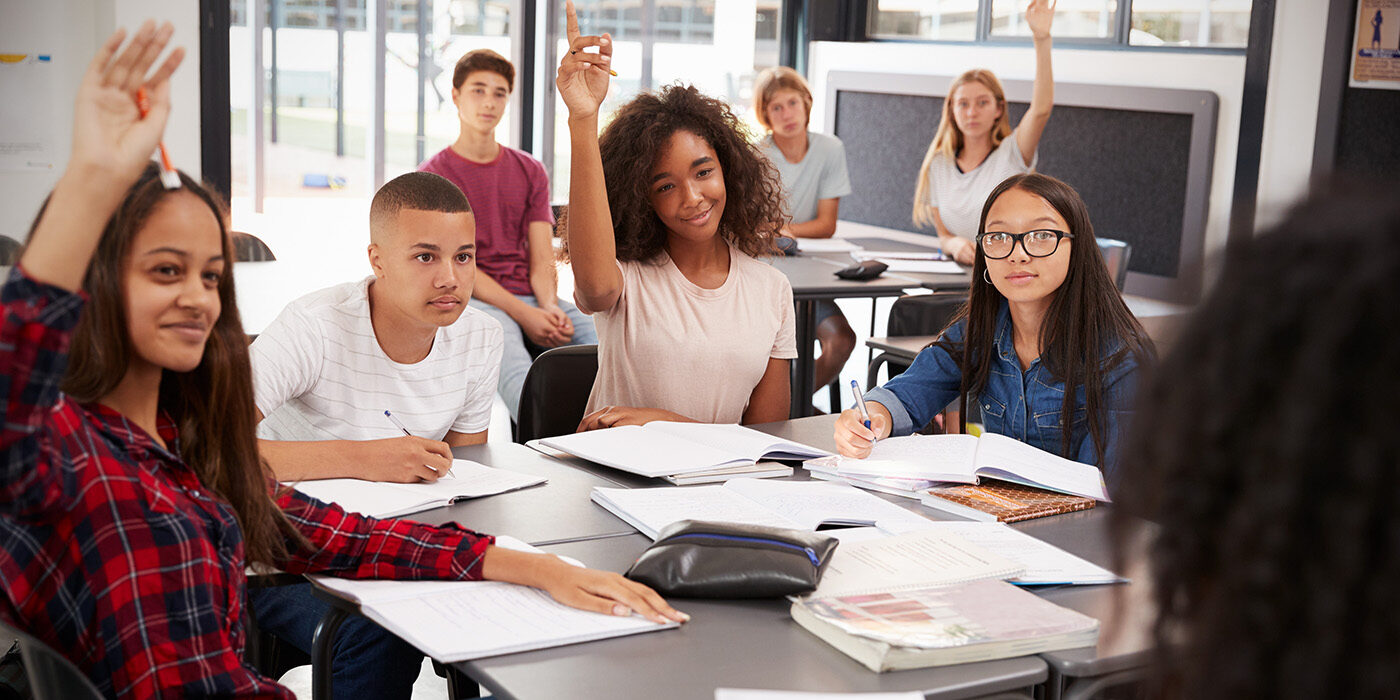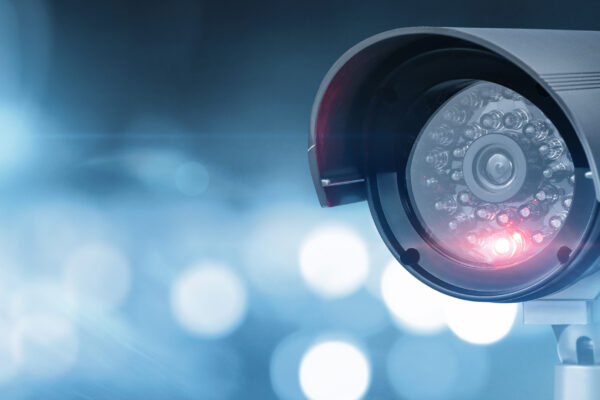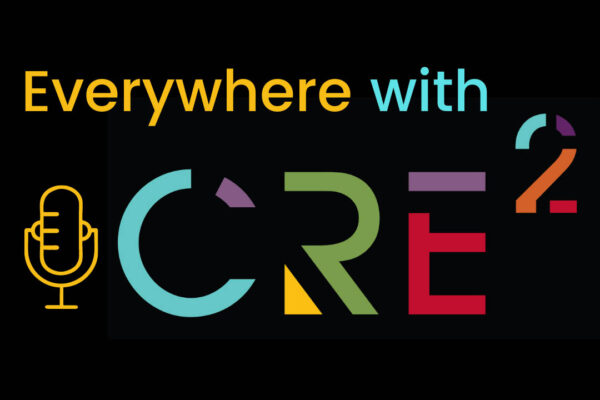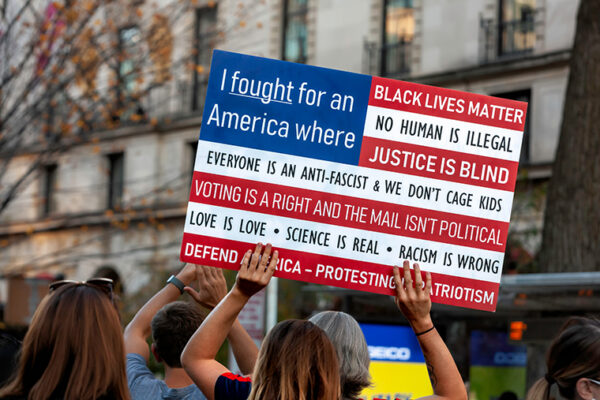Over the last year, critical race theory has become a cultural flashpoint in the U.S. From Senate chambers to cable news, social media and school board meetings, two impassioned sides have emerged.
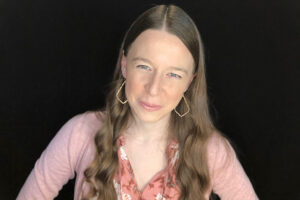
“I believe parents on both sides of the debate truly want what is best for their children and want to see the values that we were raised with come to fruition, but we have very different ideas of how to get there,” said Lisa Gilbert, a lecturer in education in Arts & Sciences at Washington University in St. Louis.
Here, Gilbert, an expert in social studies curriculum and instruction and in culturally responsive pedagogy, offers her perspective on how social studies education has changed over the last 20-30 years, why this has become such a polarizing issue and where schools should go from here.
How has social studies education changed over the last 20-30 years?
When I was in high school, the main progressive idea for how to teach children to navigate a diverse society was “multiculturalism.” That’s a broad umbrella term that can encompass a variety of approaches. But the way I learned emphasized celebrating diversity without talking about power or wrestling with some of the ongoing damage that we need to repair in society. So we’d learn about the heroism of Rosa Parks, for example, but we wouldn’t be taught to grasp the resistance she faced.
Celebrating diversity is wonderful, but we skipped over an important step. Over the past 20 years, there’s been a growing consensus in social studies education that we need to attend to the way that race and power are combined in society and to help students navigate that in terms of our shared history.
Through a richer study of our country’s past, we can better understand how we’ve gotten to the moment that we are in now, how we relate to each other in a diverse society and who we want to be in the future — which is another way of talking about social studies as preparation for citizenship.
I was very much brought up in a color-blind curriculum that told me I needed to pretend to not to see color. As a result, I really was not well equipped to understand things that I was experiencing in my school and hearing about in broader society.
Why has critical race theory become such a polarizing issue in education?
Politicians are looking for wedge issues to motivate voters to go to the polls in the 2022 elections. The reasons this issue has resonated with so many people are more complex, though.
Many members of my generation are looking back at our social studies education from the ’70s, ’80s and ’90s and we feel betrayed. We were genuinely taught to respect everyone regardless of skin color. But the more we learned about history, the more we found out how much we hadn’t been taught — and yet those gaps were precisely the lessons we needed to live up to the values we believed in so strongly! At that point, as adults, we faced a choice between continuing to cling to color blindness or following the call to learn more, even when what we found challenged our sense of ourselves.
“I believe parents on both sides of the debate truly want what is best for their children and want to see the values that we were raised with come to fruition, but we have very different ideas of how to get there.”
Lisa Gilbert
Critical race theory is a hot topic because conservatives are right that it is the foundation that a lot of equity work rests upon in schools. Critical race theory has indeed been an incredibly powerful lens in a growing amount of educational scholarship that asks us to think about how we conceptualize schools and how we approach the work of teaching and learning.
However, there’s a common misunderstanding of theory as a body of static, unchanging ideas that everyone is required to believe or reject wholesale. In reality, theory is a dynamic, growing, organic conversation that includes voices that both agree with and challenge each other. Theory provides us with a way to constantly refine our ideas.
Moreover, we have different perceptions of what happens in classrooms. There’s an old-fashioned idea that the only thing that can go on in a classroom is a top-down approach, in which the teacher has the correct knowledge and students are required to memorize that perspective. But I would say that is the exception, not the rule, in today’s classroom.
Contemporary approaches to social studies education emphasize the importance of students thinking critically about issues. We want students to grapple with controversy, we want them to understand multiple perspectives, we want them to feel comfortable with ambiguity and we trust that our students are up to the task.
Educators and school boards are caught in the middle. What is your advice for them?
This debate exposes a shortcoming in our current model of public education where schools pretend to not be political entities. It would be inappropriate for schools to take a partisan side on an issue. But at some point, schools need to say “our role in society is to educate young people.” That includes helping students learn how to relate to each other as Americans in a diverse and changing society. We also have a duty to be a safe and welcoming place for all children and some viewpoints and behaviors are not compatible with that responsibility.
The conservative parents who are filling up school board meetings are part of our community, too, and we need to find ways to have meaningful conversations with them, to hear their concerns. They also need to be interested in genuine dialogue.
In the end, social studies education is always going to be controversial. Multiculturalism was controversial in the ’80s. As educators, our first commitment is to prepare our students to enter into full democratic life as citizens of this country.
